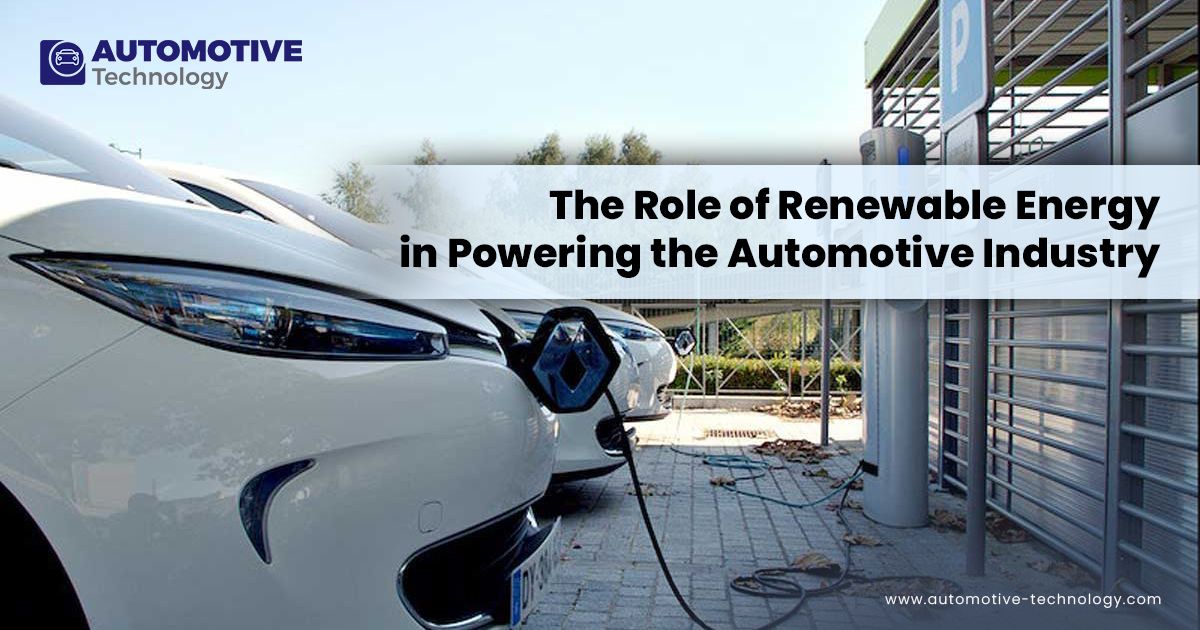
The automotive industry finds itself at a pivotal crossroads in 2025, navigating a landscape fraught with unprecedented challenges. New EV mandates, the specter of rising interest rates, and an increasingly cut-throat market competition are creating a perilous environment for even established automakers. This perfect storm is forcing many brands to confront their viability, leading to difficult decisions like factory closures, model reductions, and strategic alliances as a means of survival.
In this dynamic and often unforgiving market, the lines between success and struggle are starkly drawn. For consumers and investors alike, understanding which car brands are teetering on the edge of significant transformation or even outright disappearance is more crucial than ever. The implications of these struggles range from potential market shifts and new opportunities for buyers to cautionary tales for those looking to invest in the next big thing.
We embark on a comprehensive analysis of several key players currently fighting for their future. This deep dive will explore the specific predicaments of six distinct brands—Nissan, Tesla, Jaguar, Arcimoto, Faraday Future, and Canoo—each grappling with its unique set of hurdles. From legacy manufacturers facing a painful restructuring to ambitious electric vehicle startups battling the harsh realities of scaling production, their stories offer a revealing look at the intense pressures shaping the modern automotive landscape.
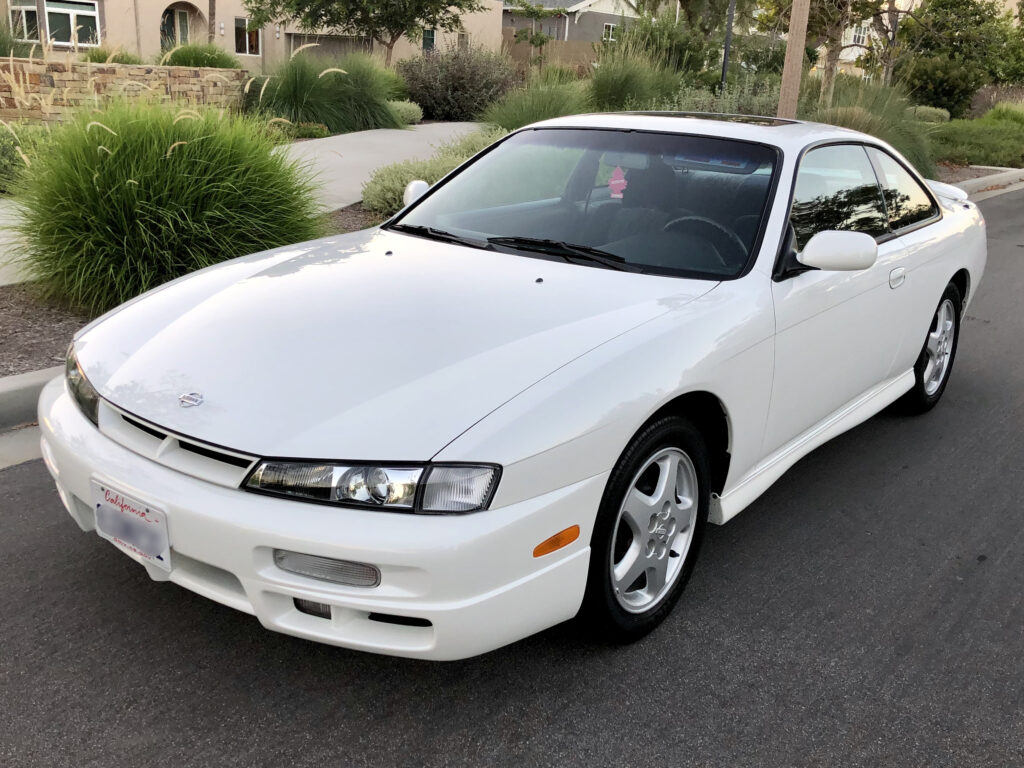
1. Nissan: Factory Closures Signal Major Trouble
Nissan, a long-standing titan in the global automotive arena, is currently undertaking a radical restructuring that signals profound challenges within the organization. The company has announced plans to shutter its historic Oppama plant in Japan by March 2028, a move that is not isolated but part of a much broader global strategy. This decision underscores a painful but necessary effort to streamline operations and regain financial stability in a highly competitive market.
This factory closure is directly linked to Nissan’s overarching plan to significantly cut its global capacity and reduce its workforce by a substantial 20,000 employees. The necessity for such drastic measures becomes clear when considering the ¥670 billion, approximately $4.5 billion, loss the company reported in fiscal 2024. These figures paint a picture of a brand under immense financial pressure, requiring a fundamental reassessment of its operational footprint and strategic direction.
Beyond individual plant closures, Nissan is actively reducing its global factory presence from 17 to a more focused 10 facilities. This consolidation is projected to decrease its annual output from 3.5 million units to 2.5 million units, indicating a deliberate contraction to match a more realistic market demand and increase efficiency. The company is actively seeking innovative ways to stay afloat, including a manufacturing partnership with Honda, through which Nissan will pivot to produce Honda trucks in the U.S.
Furthermore, Nissan is heavily banking on its hybrid ePower technology as a critical element in its stabilization strategy, hoping to capture a segment of the market that seeks efficiency without a full leap into pure electric. Despite these significant restructuring efforts and strategic pivots, the brand continues to face formidable headwinds. Declining sales in crucial markets such as the U.S. and China leave Nissan’s long-term future hanging precariously by a thread, demonstrating the difficulty of turning around a massive enterprise in an evolving global economy.

2. Tesla: Falling Sales & Leadership Turmoil
Tesla, once the undisputed darling of the electric vehicle revolution, is now encountering significant turbulence that challenges its very identity. The company reported a noticeable decline in its U.S. EV deliveries, dropping by 13% year-over-year in the second quarter of 2025. This localized slump is part of a broader trend, with overall global sales also experiencing a downturn of approximately 6%, signaling a shift from its accustomed trajectory of relentless growth.
For a brand that has meticulously built its reputation on the pillars of constant innovation and exponential growth, these declining sales figures represent more than just a momentary dip; they signify a fundamental problem. Tesla’s market position and investor confidence have historically been tied to its ability to continuously expand and disrupt, making any slowdown particularly impactful on its perception and valuation. The narrative of perpetual advancement is now being tested by market realities.
Adding to the external pressures of a maturing EV market, Tesla is also grappling with internal instability at the highest levels of its sales organization. Reports indicate that key sales executives are leaving the company, creating a vacuum of leadership and potentially disrupting long-term sales strategies. Such departures can inject uncertainty into investor confidence and raise questions about the company’s internal cohesion and ability to retain top talent during challenging times.
Wall Street has responded to these accumulating concerns by lowering Tesla’s 2025 delivery forecast, adjusting expectations from an ambitious 2.1 million units down to a more conservative 1.7 million units. This revised outlook reflects a growing recognition of the various challenges the company faces, including shrinking corporate subsidies for EV purchases and the relentless emergence of new competitors in the electric vehicle space. These factors combine to create a critical period where Tesla risks losing not only market share but also its hard-won momentum at a pivotal juncture in the automotive industry’s transition.

3. Jaguar: On Pause Amid Electrification Stumbles
Jaguar, the venerable British luxury brand, finds itself in an unenviable position, effectively “taking a year off” in 2025 as it grapples with a series of profound challenges. This unusual hiatus is a direct consequence of the brand’s slow and somewhat disjointed electric vehicle rollout, coupled with a reliance on internal combustion engine (ICE) models that are increasingly perceived as outdated in a rapidly evolving market. The luxury segment, in particular, demands cutting-edge technology and a clear vision for the future, areas where Jaguar has visibly struggled.
The sales figures paint a stark picture of Jaguar’s current predicament. In 2024, the brand sold a mere 13,210 vehicles in the U.S., a total that ranks among the lowest for major automakers operating in such a critical market. Such low sales volumes not only impact revenue but also signal a waning consumer interest that is difficult for any brand to overcome. The prestige and allure traditionally associated with Jaguar appear to be insufficient to drive sales in the current climate.
As sales continue to languish, the knock-on effects are beginning to ripple through Jaguar’s distribution network. It is increasingly likely that many dealerships will face closure or be forced to merge with other brands to remain viable. This erosion of its retail footprint further jeopardizes the brand’s ability to reach potential customers and provide adequate service, creating a vicious cycle that is challenging to break. A robust dealership network is fundamental for any luxury marque to succeed.
Perhaps the most concerning aspect for Jaguar is its conspicuous lack of new electric vehicle releases at a time when competitors are aggressively launching compelling EV lineups. This absence, combined with an unclear and seemingly hesitant path to full electrification, leaves both investors and consumers deeply skeptical about the brand’s long-term strategy and commitment. Without a bold, decisive, and well-executed comeback plan that addresses both its product portfolio and market perception, the iconic Jaguar brand faces the very real risk of vanishing from North American roads entirely, becoming a casualty of the automotive transition.
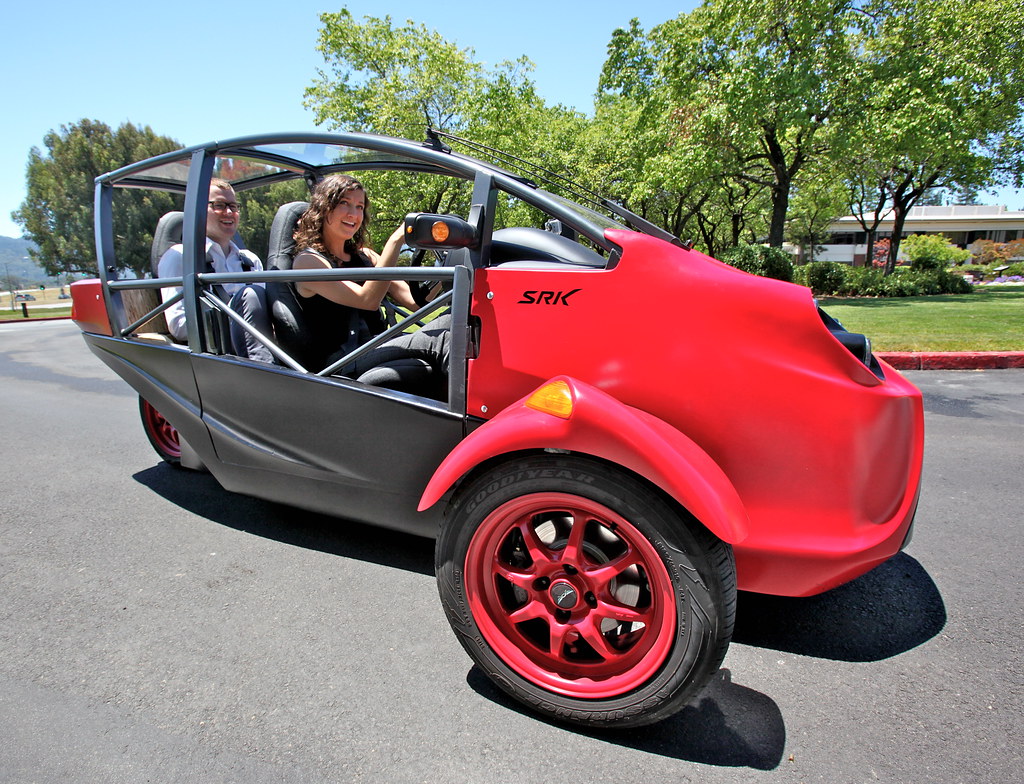
4. Arcimoto & Faraday Future: EV Startups Running on Empty
The narrative of the electric vehicle boom has often highlighted innovative startups as the future of mobility, but the reality is proving far more challenging for many. Arcimoto, an EV startup known for its distinctive three-wheeled FUV, stands as a sobering example of an ambitious venture that failed to scale. Despite its unique product and initial buzz, the company has been delisted from public exchanges, a clear indicator of its financial distress and inability to meet market expectations or regulatory requirements.
Arcimoto’s struggles are deeply rooted in its inability to effectively transition from concept to mass production, leaving behind a trail of unpaid bills and substantial losses for its investors. The promise of disruptive personal mobility was overshadowed by the harsh realities of manufacturing complexities, supply chain challenges, and the immense capital required to achieve true commercial scale. The initial hype, while significant, proved insufficient to overcome these fundamental business hurdles, demonstrating that novelty alone cannot guarantee success in the automotive sector.
Faraday Future, another high-profile EV startup, has also experienced a turbulent journey, delivering a mere 16 vehicles through January 2025. This extremely limited production volume highlights a brand that has been unable to gain any meaningful traction in a market demanding robust and readily available products. Such a low delivery count speaks volumes about operational inefficiencies, production bottlenecks, or a severe lack of consumer demand for its offerings.
After facing near-collapse, Faraday Future made a notable pivot, reportedly rebranding Chinese vans in a desperate attempt to stay relevant and generate revenue. This strategic shift underscores the brand’s profound financial struggles, which have been characterized by significant layoffs, frozen assets, and a conspicuous absence of any clear or viable path to profitability. Both Arcimoto and Faraday Future exemplify the brutal truth that the initial excitement and investment surrounding EV technology are not enough; staying afloat requires immense scale, consistent capital, and flawless execution that very few startups are ultimately able to access or sustain.
5. Canoo & Qiantu: EV Failures & Bankruptcies
The promise of a fully electrified automotive future has inspired countless new ventures, yet the path to commercial success remains treacherous, as evidenced by the bankruptcies of several prominent EV startups. Canoo, a U.S. electric vehicle startup founded with considerable ambition in 2017, serves as a stark reminder that even innovative concepts can falter dramatically. In January 2025, Canoo officially filed for Chapter 7 bankruptcy, marking its complete exit from the highly competitive automotive market.
Canoo’s demise illustrates a critical lesson for the industry: ambitious design and a unique market proposition, while valuable, must be underpinned by a sustainable business model and the ability to execute. The company had targeted niche EV markets with bold designs and unique subscription-based ownership concepts, aiming to redefine personal transportation. However, these ambitious visions ultimately failed to translate into sufficient sales or secure the continuous funding necessary to sustain operations and bring products to a wider audience.
Similarly, China’s Qiantu Motor, another EV brand with bold aspirations, collapsed in January 2025 under the weight of approximately ¥72 million RMB, or roughly $10 million, in debt. Qiantu had also ventured into the niche segment of high-performance electric sports cars, attempting to carve out a unique space in the burgeoning EV market. Its failure, much like Canoo’s, highlights the immense capital intensity of the automotive sector and the difficulty of competing against established players and well-funded newcomers alike.
Both Canoo and Qiantu shared a common set of critical deficiencies that ultimately led to their downfalls: a pronounced lack of consistent sales, insufficient funding to weather the lean startup years, and inadequate infrastructure to support their production and distribution goals. Their failures underscore a harsh and undeniable reality in the current automotive landscape: despite the widespread enthusiasm for green credentials and significant investor buzz, not every electric vehicle brand possesses the resilience, capital, or market acceptance required to survive the arduous transition to an electrified future. The EV revolution, while underway, is proving to be an exceptionally challenging proving ground for newcomers.

6. Stellantis: A Giant with Troubled Sub-Brands
While Stellantis stands as a formidable entity in the global automotive landscape, its sheer scale masks significant struggles within its diverse portfolio. The conglomerate, which encompasses numerous well-known brands, is currently grappling with the underperformance of several key sub-brands. These particular marques are failing to maintain relevance in a fiercely competitive market, contributing to a substantial drag on the parent company’s overall profitability.
Indeed, the financial impact of these struggling divisions is starkly evident in Stellantis’s reported figures. The collective challenges faced by these sub-brands are cited as a primary factor in the company’s profits plunging by a staggering 70% in 2024. Such a dramatic decline underscores the severe pressure these underperforming brands place on Stellantis, forcing the corporate giant to reconsider their long-term viability and strategic fit within its broader vision.
A significant aspect of their predicament lies in their stalled or abandoned electric vehicle (EV) plans. At a time when the industry is rapidly pivoting towards electrification, these brands are either delaying their EV launches or have entirely scrapped prior initiatives. This hesitation or inability to commit fully to the EV transition leaves them critically vulnerable, as consumers increasingly seek out environmentally conscious and technologically advanced vehicles. The lack of a clear, compelling EV strategy signals a deeper malaise and a disconnect from prevailing market trends.
The ramifications of these struggles are profound and immediate. With persistently low sales volumes and a noticeable lack of investment directed towards their development and revitalization, these brands exist in a precarious state. They are at a constant and elevated risk of being either completely shuttered by Stellantis or, more likely, absorbed into other, more successful parts of the conglomerate. The very future of these iconic names now hangs in the balance, a stark reminder that even under the umbrella of an automotive powerhouse, survival is not guaranteed.

7. Fiat: Fading from the U.S. Landscape
Fiat, a brand with a rich history and distinct European flair, finds itself in a particularly precarious position within the U.S. market. Once heralded as a quirky and charismatic challenger, its current presence has diminished significantly. The allure of its compact, design-focused vehicles has struggled to translate into sustainable sales volumes, leaving the brand fighting for even a sliver of market share in a country that often favors larger, more utilitarian automobiles.
This declining appeal is compounded by a stark reality: Fiat is among the Stellantis sub-brands receiving noticeably low levels of investment. In an industry where continuous innovation, aggressive marketing, and frequent model refreshes are essential for survival, this lack of capital infusion is a death knell. Without the necessary resources to develop new, compelling products or update its existing lineup to meet evolving consumer demands and technological advancements, Fiat risks becoming increasingly irrelevant.
Consequently, the brand is facing the very real threat of being either discontinued entirely or, at best, having its limited U.S. operations significantly curtailed. The low sales figures, coupled with a lack of strategic investment, make it an obvious candidate for cost-cutting measures by Stellantis. While Fiat may continue to thrive in certain global markets, its foothold in the United States appears to be steadily eroding, potentially leading to a quiet disappearance from American roads.
Read more about: From Dominance to Decline: Why These 12 Iconic Car Brands Are Fading Fast in Today’s Volatile Market
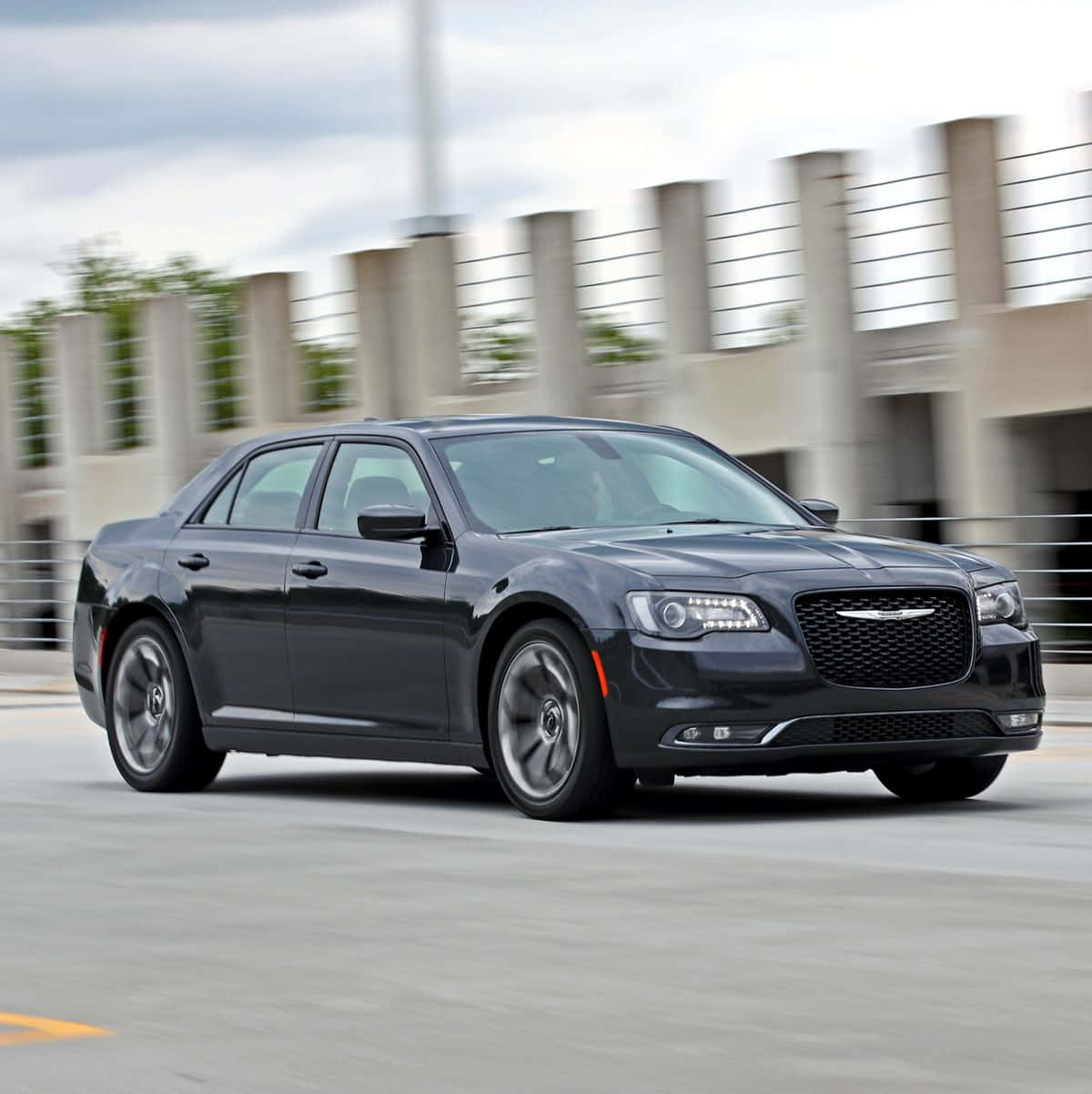
8. Chrysler: A Legacy Brand in Limbo
Chrysler, a name once synonymous with American automotive innovation and a cornerstone of the domestic market, is now adrift in uncertainty. Its current product lineup is alarmingly thin, largely consisting of a single minivan model, the Pacifica, which, while capable, is insufficient to sustain a full-fledged brand in the modern era. This extreme reliance on a niche segment highlights a profound lack of strategic direction and product development over recent years.
The brand’s struggle is further exacerbated by the stagnation of its electric vehicle initiatives. Chrysler’s much-anticipated Airflow concept, once touted as a cornerstone of its electrified future, has reportedly been put on indefinite hold. This delay is a critical misstep, as competitors accelerate their EV launches and consumers increasingly expect brands to offer compelling electric options. Without a clear and timely path to electrification, Chrysler risks being left behind in the industry’s most significant transformation.
Like other struggling Stellantis brands, Chrysler suffers from low sales and insufficient investment. The brand’s once-strong identity has faded, and its minimal product offerings fail to capture the imagination of contemporary buyers. This combination places Chrysler at a high risk of being either phased out or dramatically restructured. The silence around new models and the paused EV plans paint a grim picture for a brand that desperately needs a powerful resurgence to secure its place in the years to come.
Car Model Information: 2022 Chrysler Pacifica Limited
Categories: All set index articles, Articles with short description, Chrysler vehicles, Set index articles on cars, Short description is different from Wikidata
Summary: Chrysler Pacifica is a nameplate used by Chrysler for a variety of vehicles.
The name was first used on a luxury minivan concept vehicle in 1999, and later a crossover concept in 2002.
From 2004 to 2008, it was used on a mid-size crossover, and since the 2017 model year, it has been used as the Town & Country minivan’s replacement.
Vehicles using the nameplate are:
Chrysler Pacifica concept (1999), concept minivan
Chrysler Pacifica concept (2002), concept crossover
Chrysler Pacifica (crossover) (2004–2008), production version of the 2002 concept
Chrysler Pacifica (minivan) (2017–present), Chrysler Town & Country replacement
Get more information about: Chrysler Pacifica
Buying a high-performing used car >>>
Brand: Chrysler Model: Pacifica
Price: $31,588 Mileage: 32,801 mi.
Read more about: From Dominance to Decline: Why These 12 Iconic Car Brands Are Fading Fast in Today’s Volatile Market
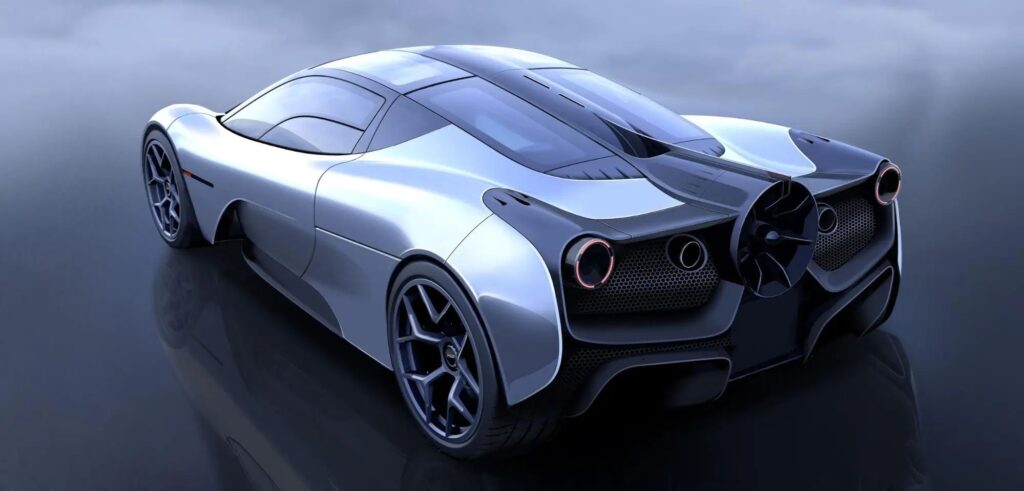
9. DS Automobiles: Struggling for Identity in the U.S.
DS Automobiles, Stellantis’s luxury-oriented French brand, has faced an uphill battle in establishing a significant presence in the highly competitive U.S. market. Despite its distinctive design philosophy and premium aspirations, DS has struggled to carve out a recognizable identity or attract a substantial customer base. American consumers, accustomed to established luxury marques, have shown little inclination to embrace a relative newcomer with a limited history in the region.
The brand’s efforts to differentiate itself through avant-garde styling and sophisticated interiors have not translated into meaningful sales. In a market where brand perception, robust dealership networks, and a wide array of desirable models are crucial for luxury success, DS appears to be perpetually playing catch-up. This struggle for market penetration highlights the immense difficulty of launching a new premium brand without significant, sustained investment and a deeply tailored strategy for the American consumer.
Ultimately, DS Automobiles is lumped into the category of Stellantis sub-brands that are contributing to the company’s profit drag due to low sales and minimal market impact. The context suggests that without a serious reinvention or a substantial shift in strategy and investment, DS, much like its struggling siblings, faces the very real possibility of being withdrawn from the U.S. market entirely. Its niche appeal simply hasn’t been enough to justify its continued presence and operational costs.
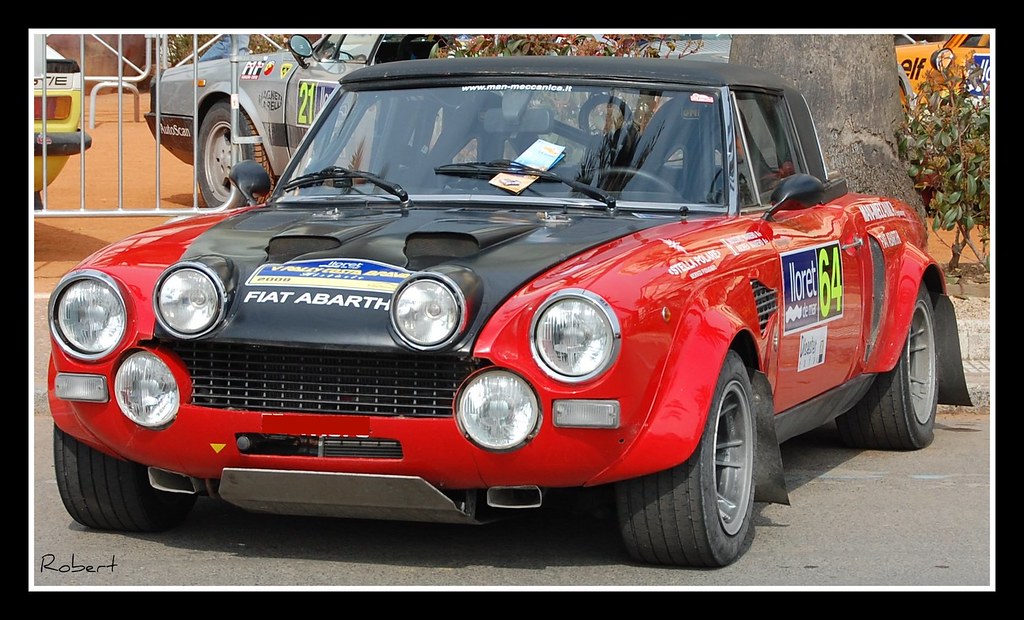
10. Abarth: A Niche Too Small?
Abarth, the performance arm of Fiat, presents a unique challenge within the Stellantis lineup. Known for its feisty, performance-tuned compact cars, Abarth appeals to a very specific, enthusiast-driven niche. While this segment values its spirited driving dynamics and distinctive exhaust notes, the overall market for such highly specialized, small vehicles is inherently limited, particularly in the U.S. where larger cars dominate.
The brand’s fortunes are closely tied to Fiat’s overall struggles, as its vehicles are typically performance variants of Fiat models. As Fiat’s presence in the U.S. diminishes, so too does Abarth’s potential customer base and visibility. Without a broader, more accessible foundation of mainstream vehicles, Abarth’s ability to sustain itself purely on niche appeal becomes increasingly difficult, placing it in a precarious position.
Like other underperforming Stellantis brands, Abarth suffers from low sales volumes that don’t justify significant investment from the parent company. While its cult following appreciates its unique character, this devotion alone is not enough to secure its long-term future in a cutthroat industry focused on mass-market success and electrification. The threat of being shuttered or absorbed looms large, as Stellantis evaluates the profitability and strategic value of each of its components.

11. The Road Ahead Is Harsh—Only the Strong Will Survive
From factory closures and plunging sales to startup bankruptcies and neglected budgets, the global auto market is drawing a brutal line: winners in, losers out. The stories of Nissan, Tesla, Jaguar, Arcimoto, Faraday Future, Canoo, Qiantu, and the troubled Stellantis sub-brands collectively illustrate the intense pressures facing automakers in 2025. This period of immense transformation demands not just adaptation, but relentless innovation and robust financial health.
These eleven car brands and groups are under immense pressure, with massive restructuring, shrinking lineups, and profound financial woes putting their futures at severe risk. Whether one is a car shopper, an investor, or simply an enthusiast, understanding which names are fighting for their survival—and the underlying reasons why—is more crucial than ever. For consumers, this turbulent landscape might yield unexpected deals; for investors, it offers a stark cautionary tale; and for brand loyalists, it serves as a significant wake-up call, emphasizing that even the most storied names are not immune to the unforgiving realities of an evolving industry.




